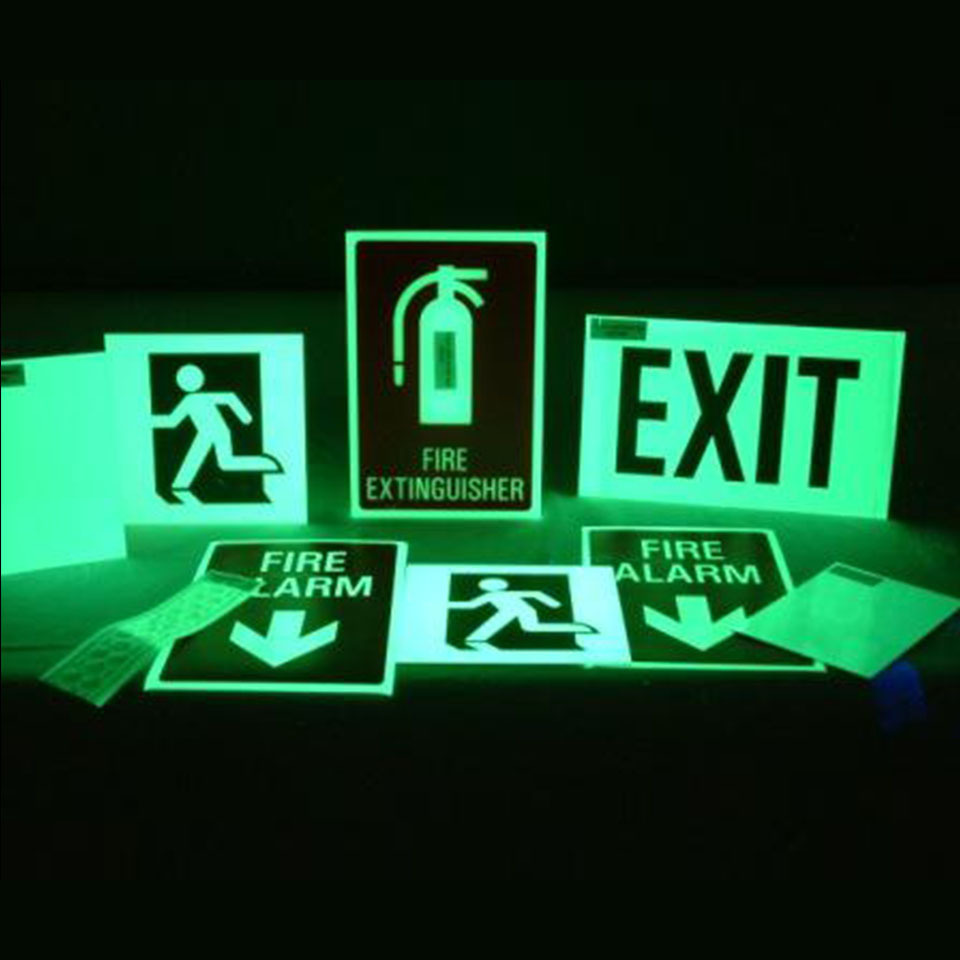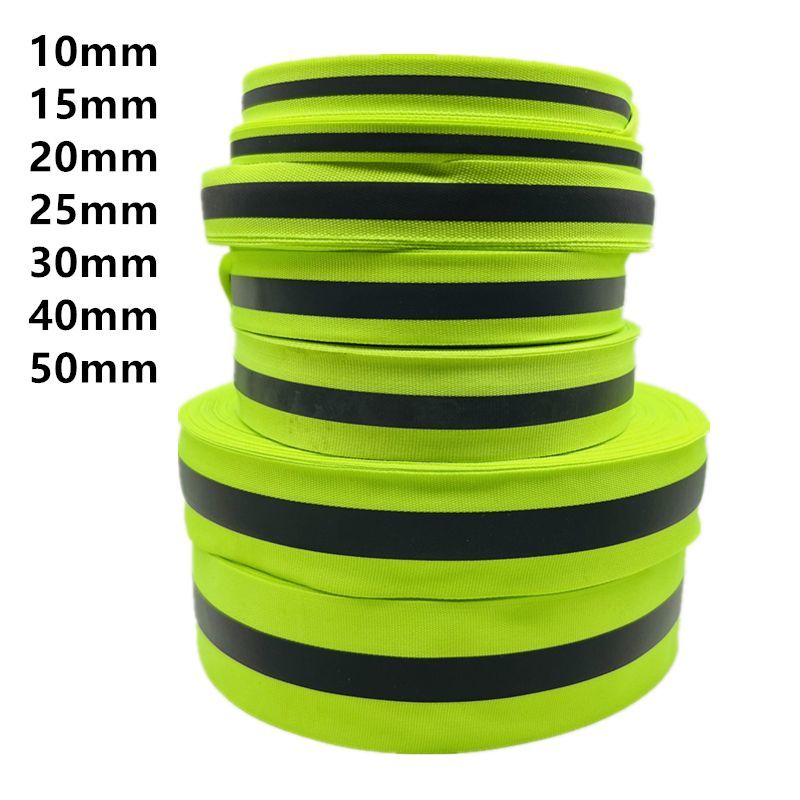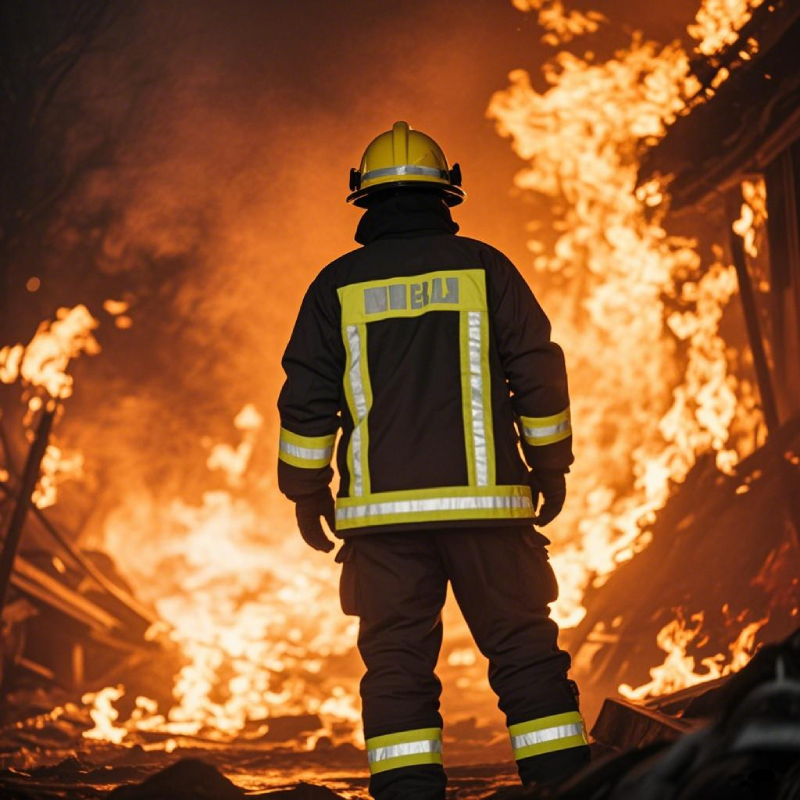Tips for Using Photoluminescent Film
2025-05-13
Ysmlite
ysmlite.com
In today's era of pursuing sustainable development and safety performance, photoluminescent film is rapidly becoming a new material that attracts much attention in all walks of life with its unique advantages of no need for power supply, environmental protection, low consumption and long-term luminescence. Whether it is emergency evacuation instructions, safety signs, or creative light effects in fashion clothing and outdoor equipment, photoluminescent film can give products the role of "guardian in the dark", which not only ensures nighttime visibility but also improves the user experience.
However, in order to truly realize the value of this technology, it is necessary not only to understand the basic principles, but also to master the full process operation skills from material selection, surface pretreatment to construction technology and daily maintenance. Whether you are a novice who is first involved in this field or a professional who wants to improve your craftsmanship, you can find clear and easy-to-use operation plans and decision-making references in this practical guide.
Basic knowledge of photoluminescent film
Definition and working principle of photoluminescent film
Photoluminescent film is a functional film that converts light energy and stores it in internal luminescent particles, and then slowly releases energy in the absence of external light sources, and continuously emits light in the form of visible light. The core is the luminescent particles, which usually use inorganic rare earth doped silicate or zinc sulfide systems, and organic luminescent dyes combined with polymer carriers.
During the day or under artificial light, these particles absorb energy from the ultraviolet or visible light bands, stimulating internal electrons to high energy levels. When the light source is turned off, the electrons gradually fall back to the ground state, releasing photons to form a luminous effect.
The advantages of this mechanism are:
- No external battery or power supply is required: avoiding the cost and maintenance difficulties caused by wiring or battery replacement, especially suitable for emergency escape instructions, outdoor advertising and other scenes.
- Environmentally friendly and safe: does not contain heavy metals and toxic chemicals, harmless to human health and the environment.
- Long self-luminescence duration: high-quality inorganic film materials can continue to glow for 8-12 hours after being fully charged, meeting most nighttime application needs.
Main types and performance characteristics
Inorganic photoluminescent film
- Represented by rare earth doped silicate or zinc sulfide: copper, it has the advantages of high luminescence efficiency, good chemical stability and high temperature resistance. This type of product is often selected in occasions that require long battery life and high brightness, such as building escape signs and industrial safety warning signs. Its typical luminous color is green (peak about 515 nm), because the human eye is most sensitive to green light and can obtain the best visual distance.
Organic photoluminescent film
- It is mainly composed of organic luminescent dyes embedded in a high molecular polymer matrix, and has the characteristics of strong flexibility and a wide range of adjustable colors (can achieve blue, yellow, red and other color luminescence). It is suitable for products such as clothing accessories or outdoor products that require high flexibility and color diversity. However, compared with inorganic types, its weather resistance and light attenuation rate are faster, and it needs to be protected with anti-UV coating or adding ultraviolet absorbers.
Composite photoluminescent film
- Combining the advantages of inorganic core high brightness and organic outer layer adjustable color, a balanced design of high brightness and rich colors is achieved through a micro multi-layer structure. This type of product is usually more expensive and is suitable for high-end luminous art installations, stage scenery or fields where safety and beauty are equally important.

How to choose the right photoluminescent film
In-depth analysis of application scenarios
Emergency safety signs: Escape routes and fire equipment location signs inside buildings must comply with international and regional fire codes (such as NFPA 170, ISO 16069). It is recommended to use inorganic photoluminescent films to ensure that clear visual instructions can be provided for at least 2 hours in power outages or smoke environments.
Fashion clothing and accessories: sportswear, cycling vests, etc., must not only ensure night travel safety, but also take into account the appearance design. At this time, organic or composite film materials can be combined with dyed fabrics and laser-cut patterns to create unique light effect patterns due to their flexibility and multi-color advantages.
Outdoor advertising and installation art: Large-area luminous effects require consideration of uniform charging and light source arrangement after film installation. Composite materials can produce shocking visual effects in display stages and urban landscape lighting.
Detailed explanation of technical indicators and specifications
Charging efficiency (mcd/m²·lx): represents the peak brightness under unit illumination. High-efficiency inorganic films should be ≥ 100 mcd/m²·lx; organic dye films are mostly in the range of 40-70 mcd/m²·lx.
Luminous duration: According to the ASTM D7897 test standard, the time it takes for the brightness to drop to 10% of the initial value is measured. Generally, inorganic films are ≥ 8 hours, and organic films can be protected by UV for 4-6 hours.
Luminous wavelength distribution: The common green light peak of 515 nm is most easily captured by the human eye. Although red and blue light can achieve color effects, the visible distance and environmental recognition are slightly lower.
Film thickness and flexibility: Usually 0.1-0.3 mm, the thickness is positively correlated with the amount of luminescence, but too thick will reduce flexibility and fit, which needs to be weighed in combination with the actual application scenario.
Surface pretreatment and standardized construction process
Before laying the photoluminescent film, surface pretreatment is a key link to ensure adhesion and the final luminous effect. Good pretreatment can not only reduce the problems of bubbling and debonding in the later stage, but also improve the bonding strength between the membrane material and the substrate.
Surface cleaning and polishing techniques
First, clean the construction surface thoroughly. It is recommended to use a residue-free degreaser containing 99% isopropyl alcohol (IPA), with a dust-free cloth or electrostatic dust removal paper, and wipe repeatedly until the surface is free of oil stains, dust and fingerprints. For hard substrates such as plastics and metals, 240-320 sandpaper can be used for light polishing to form micro-roughness and enhance the permeability and adhesion of the adhesive. After polishing, IPA needs to be used again to remove sand chips and wait for them to evaporate and dry naturally.
Selection of primer and adhesive
The primer and adhesive corresponding to different substrates are also different. For metal surfaces, it is recommended to use epoxy primer (thickness 30-50 μm), which has good compatibility with silicone adhesives; for textile materials such as polyester and nylon, polyurethane primer and UV curing adhesive can be used. This type of adhesive has better sealing performance at the edge of the film. The primer needs to be cured to a slightly sticky surface 1-2 hours before paving to ensure the best adhesion effect.
Detailed explanation of leveling, film laminating and curing steps
- Alignment and positioning: pre-mark the positioning points on the back of the film material, and use a transparent template or laser-assisted positioning device to correct the edge with one click;
- Slow lamination: Starting from one end, use a plastic scraper or silicone roller to press in sections with a pressure of 1-2 kg/cm², and the length of each pressing should not exceed 20 cm to prevent bubbles.
- Bubble removal: If bubbles appear, you can lightly pierce the film surface with a needle and use a scraper to squeeze out the air around.
- Final rolling: After full-width lamination, use a roller press or a manual silicone roller to roll 3-5 times in one direction at a pressure of 3-5 kg/cm² to ensure that the film material is completely attached to the substrate.
- Curing and curing: Let it stand at room temperature for 24 hours, or place it in a 60℃ oven for 2 hours to complete the secondary curing of the adhesive and primer.

Light source charging and luminous effect optimization
Correct charging strategies and optimization methods can make the photoluminescent film release more uniform and lasting brightness at night.
Charging light source type and configuration recommendations
- Natural light (sunlight): In an unobstructed outdoor environment, direct sunlight for 5-10 minutes can complete a charging cycle.
- Ultraviolet LED lamp: It is recommended to use UV-A LED lamps in the 365-395 nm band, and the distance is controlled at 10-20 cm. Higher-power lamps (10 W/m) can be fully charged within 1-2 minutes and are suitable for indoor use.
- Fluorescent fluorescent lamps: Office fluorescent lamps (incandescent equivalent) are 30-50 cm away, and it is recommended to charge for 10-15 minutes.
Charging time and maintenance cycle
In high-frequency use scenarios, it is recommended to charge once in the morning and evening to maintain continuous high brightness at night. For projects with continuous lighting for more than 4 hours at night, backlight can be used to supplement the light source, such as installing LED backlight on the back of the signboard to improve the overall brightness.
Luminous color temperature and brightness control
The luminous color temperature of photoluminescent film is usually concentrated in 5000–5500 K (natural daylight color), but in safety instructions, slightly green light (peak 515 nm) is preferred because the brightness perception of this band is the highest in the visual acuity curve of the human eye. The self-attenuation can be further weakened by adding micron-level fluorescent brighteners or applying a transparent anti-reflective coating with a thickness of 1–2 μm during construction to maintain high brightness for a long period of time.
Synergistic application with reflective materials
Combining photoluminescent film with traditional reflective film can not only show nighttime visual effects by reflection in dim light, but also continue visibility in the middle of the night by relying on self-luminous characteristics.
Performance comparison and material selection principles
- Reflective film: Relying on external light source reflection, with high brightness peak, but it will fail once there is no light source.
- Photoluminescent film: It has self-luminous properties and lasts for a long time (4–12 hours), but the peak brightness is relatively low.
In safety signs, reflective film can be used for short-distance guidance, while photoluminescent film can be used for long-distance or emergency power outage scenarios to achieve double protection.
Overlay and partition design skills
- Partition paving: Use a thin layer of reflective film in the exit arrow area, and use a 0.2–0.3 mm thick photoluminescent film around the arrow.
- Gradual transition: Introduce gradient cutting at the boundary to ensure a natural visual transition.
- Adhesive compatibility: Use highly compatible UV glue or polyurethane glue to firmly combine the two film materials to avoid warping caused by thermal expansion differences of different materials.
Maintenance and life extension skills
Daily maintenance is also essential to ensure long-term stable use.
Cleaning method and chemical resistance
Use a soft dust-free cloth and a mild neutral detergent to wipe the surface, and avoid using acid-base, ketone or chlorine-containing solvents. For outdoor installations, it is recommended to clean the film quarterly to remove dust and stains.
Anti-wear, moisture and UV protection
- Anti-scratch coating: 5–10 μm siloxane reinforcement film can be sprayed on the surface of the photoluminescent film to improve wear resistance.
- Moisture-proof edge sealing: Polyurethane sealant or silicone sealant is used on the edges to waterproof all around.
- UV protection: For organic or composite films, a UV absorber coating (thickness 1–2 μm) is required to effectively resist UV aging.
Regular testing and replacement guidelines
It is recommended to test the luminous brightness once every six months, using a spectrophotometer to measure the peak brightness at 100 lx illumination. If it is less than 60% of the original value, replacement should be considered. For outdoor projects, the replacement cycle can be planned in the second year to maintain the best results.
Common problems and solutions
Insufficient luminescence: causes and countermeasures
- Insufficient charging: increase the number of charging times or replace with a higher power light source.
- Adhesive light isolation: Check the thickness of the primer or adhesive layer. If it exceeds 50 μm, it should be re-polished and a thin layer of primer should be applied.
- Film material deterioration: Confirm the purchasing channel and shelf life. If the shelf life (generally 12 months) is exceeded, a new film needs to be replaced.
Analysis of bubbling, wrinkles and degumming
- Bubble generation: The speed is too fast when applying the film or the substrate is not completely degreased.
- Cause of wrinkles: Uneven stretching or too high construction environment temperature (>35℃).
- Degumming phenomenon: Improper selection of adhesive or insufficient curing conditions, the surface can be re-polished and re-cured.
Safety and environmental precautions
Photoluminescent film materials should comply with the RoHS directive and REACH regulations and do not contain excessive heavy metals. Construction should be carried out in a well-ventilated environment to avoid long-term inhalation of solvent volatiles.
Luminous film, with its unique characteristics of no power supply, self-luminescence and environmental protection, is increasingly penetrating into multiple fields such as safety signs, fashion creativity and outdoor installations. Through scientific material selection, rigorous surface pretreatment, standardized construction process and systematic maintenance, you can maximize the performance advantages of glow in the dark film.
It is recommended that in the next project, according to the actual application scenario, refer to the process and techniques described in this article, conduct a small-scale pilot, and combine professional testing tools such as spectrophotometers to monitor the effect in real time, so as to obtain the best performance in formal large-scale application. As long as you master these secrets, you will easily create innovative products that are safe, beautiful, and have long-lasting luminous performance. I wish your next project will shine!
Related News
Top 5 Reflective Webbing Tape Manufacturers in the World
2025-06-06
Top 5 Flame Retardant Reflective Tape Manufacturers in the Industry
2025-06-05
Do You Know the Service Life of Reflective Webbing Tape?
2025-05-27





